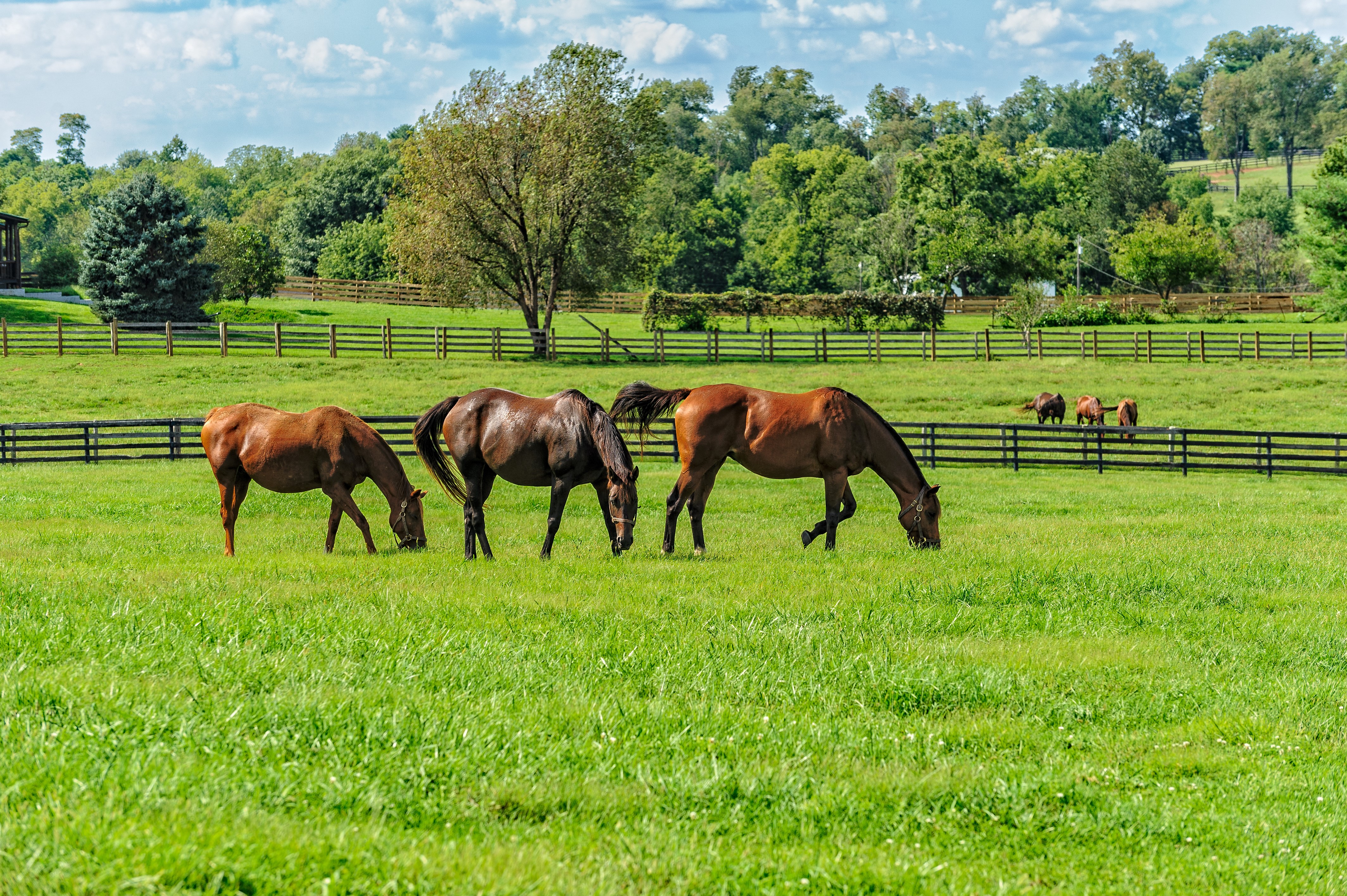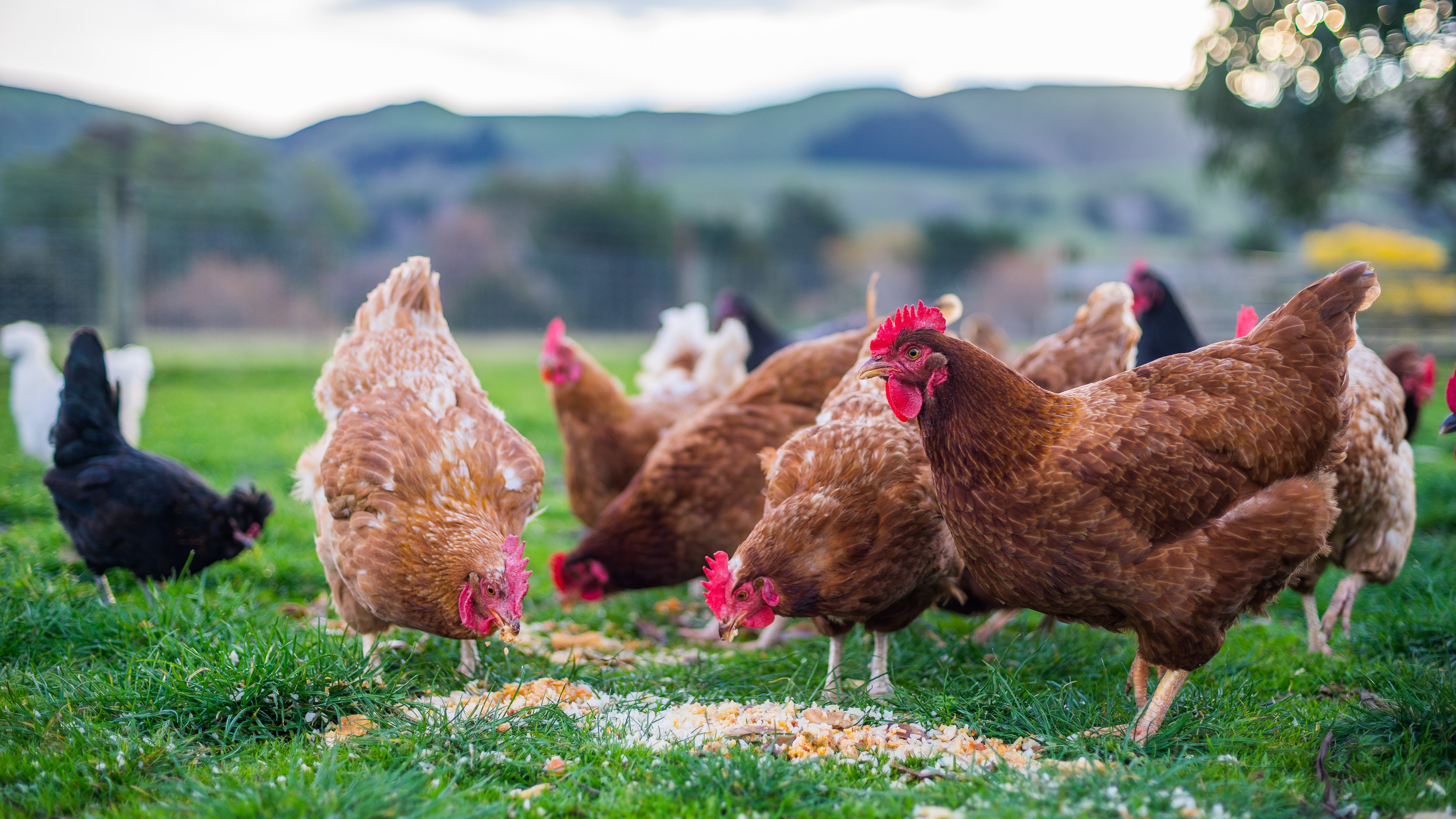Update on parasite conditions - April 2019
Lungworms have been observed for the first time this grazing season by vets working in a laboratory operated by the Department of Agriculture, Food and the Marine (DAFM) in the last week of April.
The worms of the species Dictyocaulus viviparus cause a common disease called hoose or husk.
The worms were detected in the carcase of a calf submitted to Kilkenny Regional Veterinary Laboratory (RVL) on the 29th of April. The calf had died on a farm in county Wexford.
Although it is believed that the lungworms were not responsible for the death of this particular calf, it is considered very early in the year for worms of this type to be seen. Accordingly, clinical cases of hoose are expected to occur earlier than usual this year, and farmers and vets are advised to consider hoose as a possible cause when faced with cattle showing signs of respiratory disease.
Meanwhile, suspect cases of nematodirosis (severe scour, sometimes fatal, caused by Nematodirus worms) are being reported in substantial numbers in lamb carcases submitted to the DAFM labs in the past few weeks. It is difficult to confirm a diagnosis of nematodirosis beyond all doubt, because of the ability of larvae to cause severe damage to the gut. This means that clinical disease commonly occurs where faecal egg counts are low or even negative. Accordingly, a presumptive diagnosis is made on the basis of a gross post-mortem investigation, taking into account the case history. Kilkenny, Athlone and Sligo RVLs have all reported a number of these cases. The observations at laboratory level are consistent with DAFM’s Nematodirus forecast, which predicted that clinical cases would occur during April this year.






